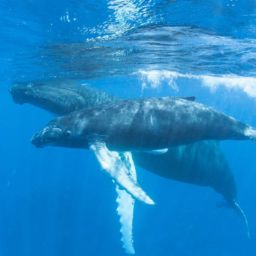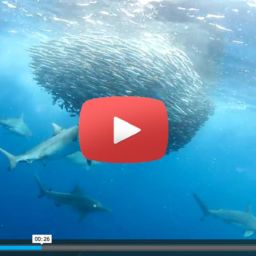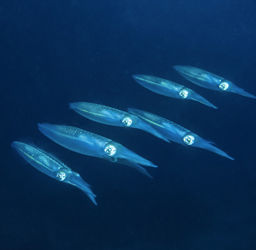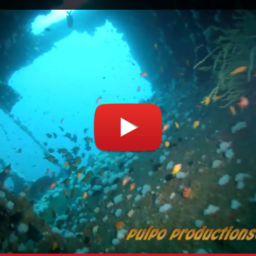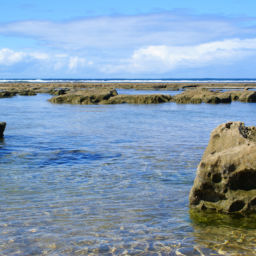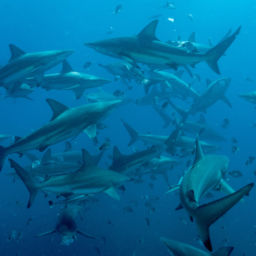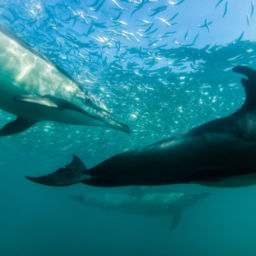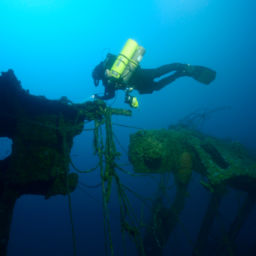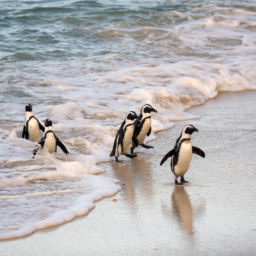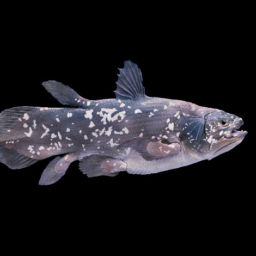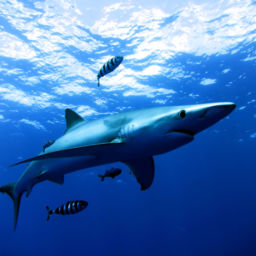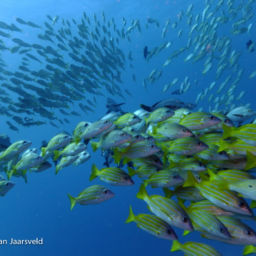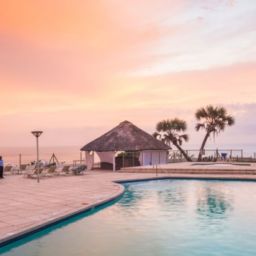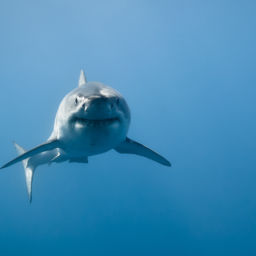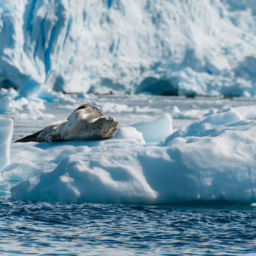Until recently, great whites and broadnose sevengill sharks occupied the top of the food chain in False Bay, South Africa. But there are two new sheriffs in town: killer whales named Port and Starboard, so named because their dorsal fins hang to the left and right respectively.
False Bay, a body of water in the Atlantic, starts at Cape Hangklip and stretches to South Africa’s most southwesterly tip, Cape Point. It’s home to diverse marine species, ranging from small plankton, crustaceans, fish, and marine mammals to the apex predators mentioned above. It’s a bay full of surprises, the latest of which is the appearance of killer whales.
Killer whales first appear in False Bay
In 2009, killer whale activity in False Bay began increasing. Numerous pods came and went in the bay, but they were mainly preying on mammals, such as pods of common dolphins and Indo-Pacific bottlenose dolphins. After seemingly coexisting with the sharks since 2009, in 2015 and 2016 killer whale activity started noticeably disrupting shark activity. Sevengill and great white carcasses began washing up on shore fully intact with nothing but their livers missing. Autopsies showed that killer whales, which turned out to be Port and Starboard, had been using a surgically precise feeding tactic of slicing in between the sharks’ pectoral fins to gain access to their fatty and energy-rich livers.
Since then, shark activity in False Bay has not been the same. The Miller’s Point kelp forest that used to be one of the biggest sevengill shark aggregation sites has been abandoned since 2016. White shark activity at Seal Island steadily decreased until 2019, when shark spotters, researchers, and shark cage-diving operators reported zero white-shark activity. Sevengill sharks are currently residing at Seal Island and there are reports of white-shark activity by shark cage-diving operators further up the Western Coast of South Africa, in areas such as Gansbaai and Mossel Bay.
What happened to False Bay’s healthy ecosystem?
Although there are currently large gaps in researchers’ understanding of killer whale behavior and ecology, particularly in South African waters, records of killer whales hunting sharks elsewhere, such as the Northeast Pacific and New Zealand, show that sharks are not a rare addition to this specific ecotype of killer whales’ diets.
There are two different ecotypes of killer whales, one that eats mainly mammals and fish, and the other that preys mainly upon sharks in offshore waters. Scientists think that Port and Starboard may have belonged to a pod of killer whales specializing in hunting sharks and larger fish, such as tuna and swordfish, in offshore waters. It is unusual that they have come into coastal waters, and researchers suspect they are hunting here due to shark overfishing and environmental changes.
Despite their effect on the local shark populations, Port and Starboard are extremely elusive. Apart from sightings by whale-watching or cage-diving operators, or researchers on the coasts of False Bay and Gansbaai, divers have never seen them.
Diving in the area
Although False Bay’s bigger shark species are skittish and remain largely unseen, there’s still amazing diving nearby.
The enchanting Miller’s Point kelp forest is a marine reserve and home to several shark species indigenous to South Africa: the striped pajama shark, dark shyshark, leopard catshark and spotted gully sharks roam the kelp forest. Lucky divers can spot all of the smaller shark species on just one dive. Apart from various sharks, there are also plenty of fish, octopus, and a long list of nudibranch species. Cape fur seals are not uncommon on dives around False Bay and they might just turn into your new, best dive buddy.
Generally, kelp forest, gullies, swim-throughs, arches, and sandy bottoms characterize False Bay underwater. The maximum depth in the bay is 130 feet (40 m), but dives can range anywhere from 26 to 59 feet (8 to 18 m). Consequently, False Bay is suitable for any diver, from open-water newbies to advanced divers. Just be prepared to dive in water with temperatures ranging from 50 to 61 F (10 to 16 C).
We cannot know the future of False Bay; researchers can only try to understand the driving factors and implications of killer whales’ appearance there. While operators are hoping that the sharks will return to their hunting patterns and aggregation sites soon, False Bay remains rich in life with a great diversity of dive sites on its beautiful coastline.





